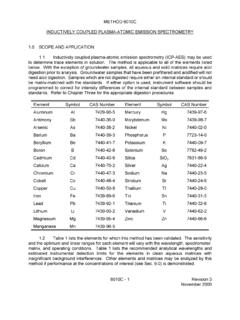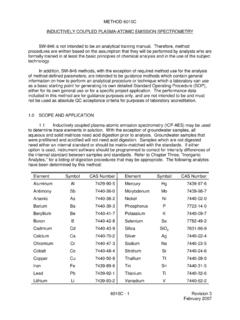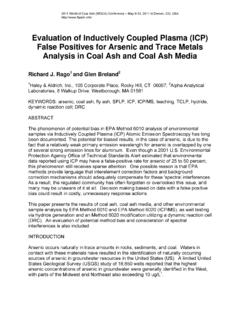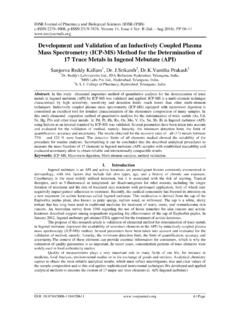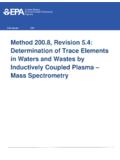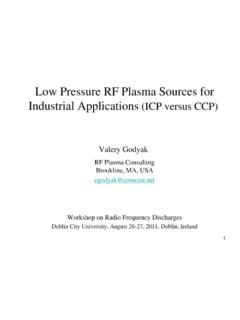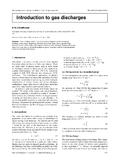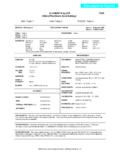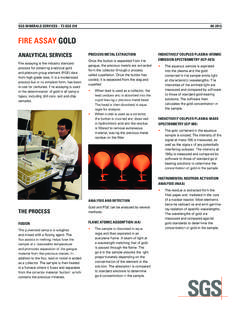Transcription of Characterization of GaAs/AlGaAs non-selective ICP etch ...
1 Characterization of GaAs/AlGaAs non-selective ICP etch process for VCSELs applications Yao-Sheng Lee, Mike DeVre, Russ Westerman, and Brad Reelfs Unaxis USA, Inc., 10050 16th St. N. St. Petersburg, Florida 33716 An effective gaas /AlxGa1-xAs, x= to , non-selective dry etch process is important for Vertical Cavity Surface Emitting Lasers (VCSELs) applications. A systematic investigation of gaas /AlxGa1-xAs non-selective etch using BCl3/Cl2 chemistry was conducted in an inductively coupled plasma through the use of designed experiments to obtain optimum process conditions. The designed experiments are comprised of four major varying factors, which are Cl2/BCl3 percentage, RF bias power, ICP power and pressure. Factor responses, including DC bias, gaas etch rate, gaas :mask selectivity, feature profile, and etch rate uniformity, are discussed.
2 In addition, the comparison of gaas and algaas etch rates are examined. Controllable etch rates and vertical feature profiles, smooth etched surfaces, and etch rate uniformity less than 5% were obtained over wide range of parameters. In this study, two types of endpoint detection techniques including laser CCD and optical emission spectroscopy were utilized to monitor the etching process. Through the use of an auxiliary endpoint detection system, the etch process could be stopped at the desired epitaxy layer.

